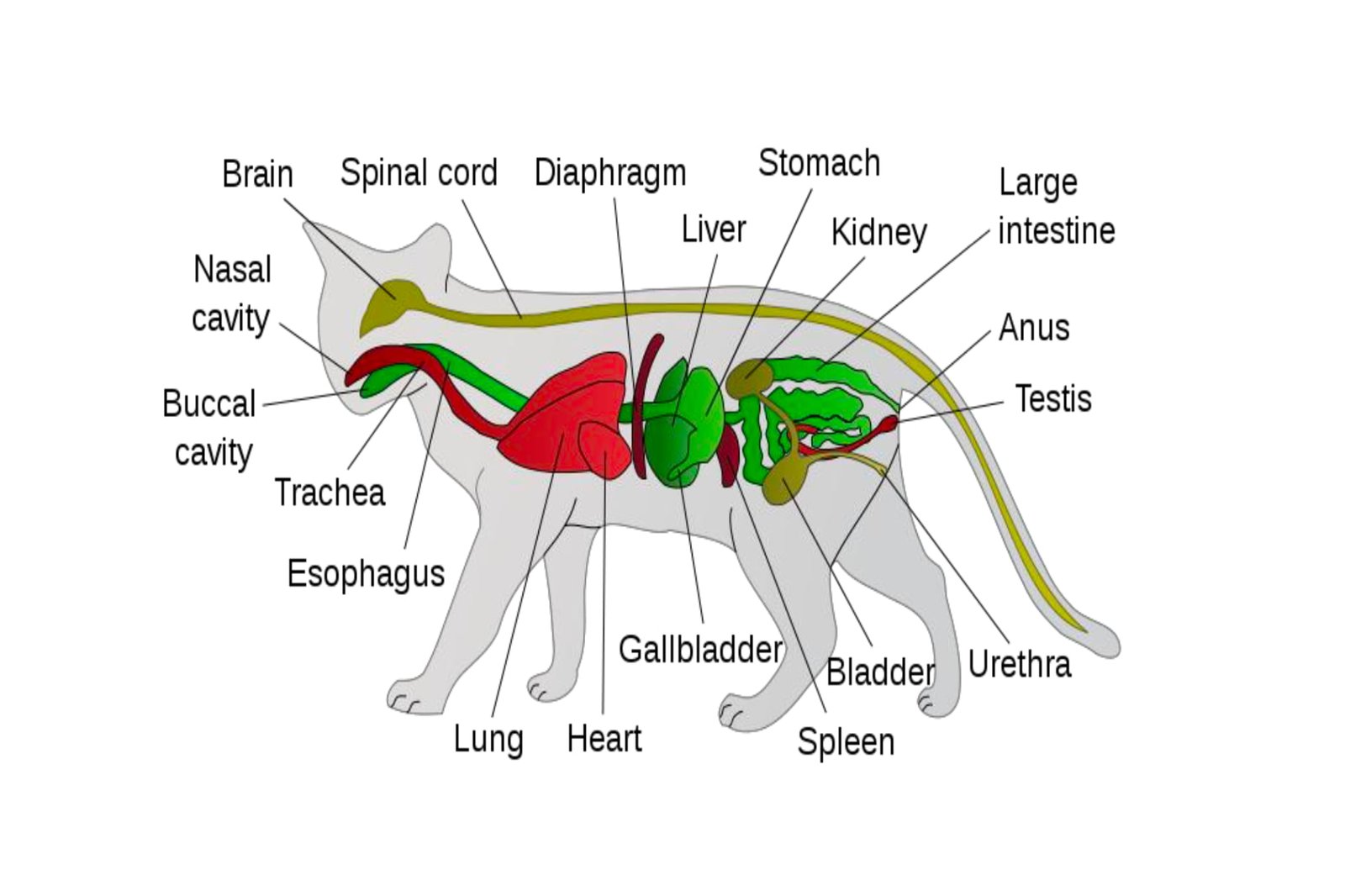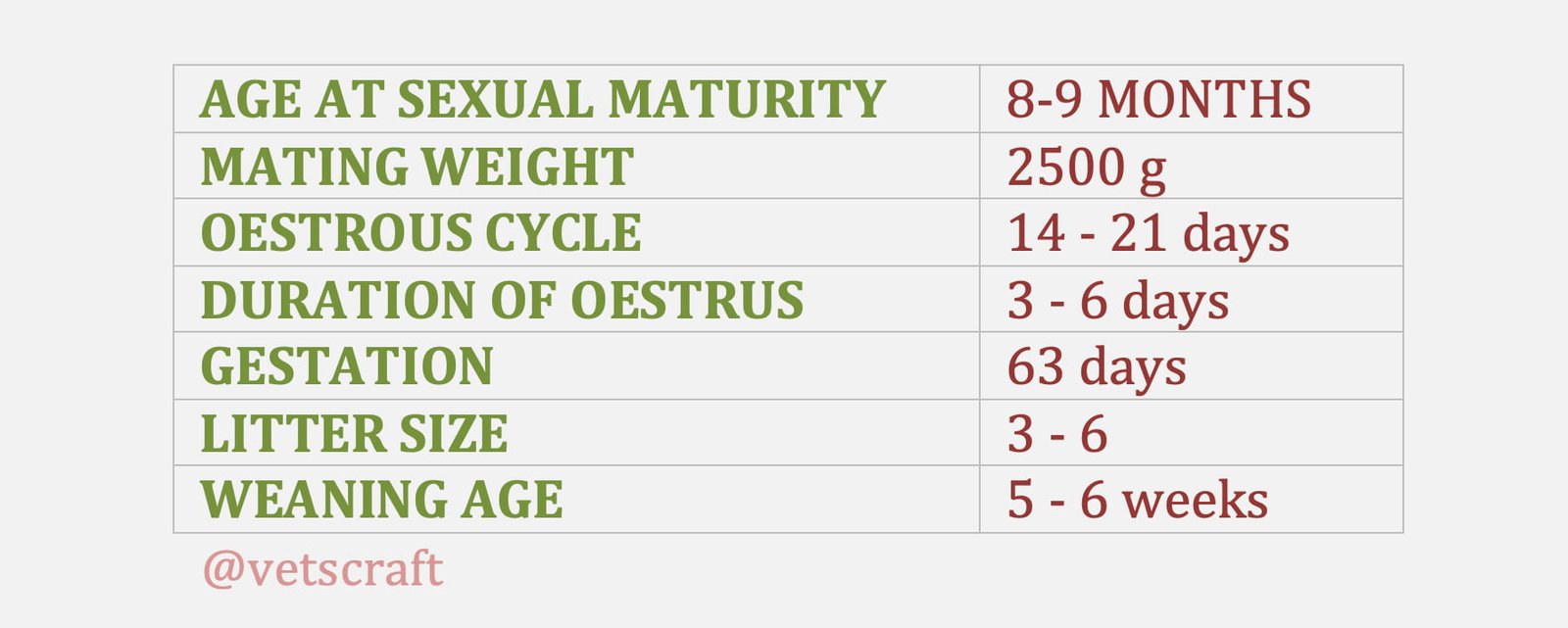TABLE OF CONTENTS
Domestication of Cats
The domestication of cats dates back nearly 10,000 years, with their origins tracing to the Near East. Initially drawn to human settlements due to the abundance of rodents, wild cats gradually formed a mutually beneficial relationship with humans.
While the dog has historically been known as “man‘s best friend” it is probably accurate to say that the domestic cat is “man‘s most interesting friend”.
The cat is a member of the order Carnivora, which includes a diverse group of animals that are all predatory.

Carnivores are so named because of their enlarged carnassial teeth, which include the enlarge upper fourth premolar and the lower first molar on each side of the mouth.
The description of domestication adequately describes most domestic species such as dogs, horses, cattle and goats, but does not provide a completely adequate explanation for Felis catus.
It is difficult to identify the exact time period of domestication for this species.
The oldest archaeological evidence is in the form of a cat‘s tooth that was found in a settlement area near Israel approximately 9000 years ago.
A more significant find was the fissile remains of a large cat on the Mediterranean island of Cyprus. The remains of this cat are estimated to be about 7000 to 8000 years old.
The earliest consistent evidence of domestic cats in human settlement is found in Egyptian tombs dated around 4000 BC.
Reproductive Characteristics of Cats
Cats are seasonal polyestrous breeders, meaning they experience multiple estrous cycles during the breeding season, which is typically influenced by daylight length.


